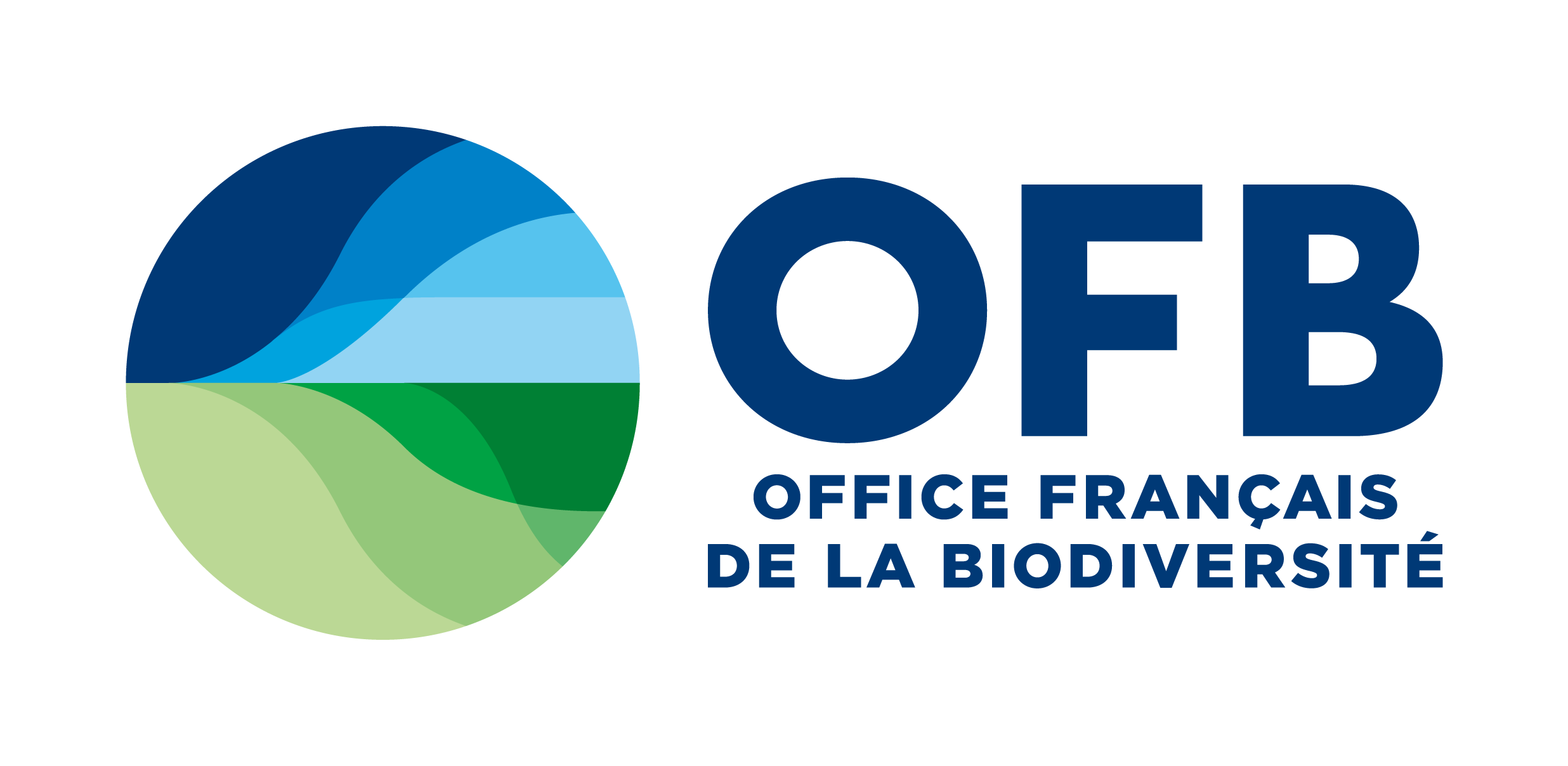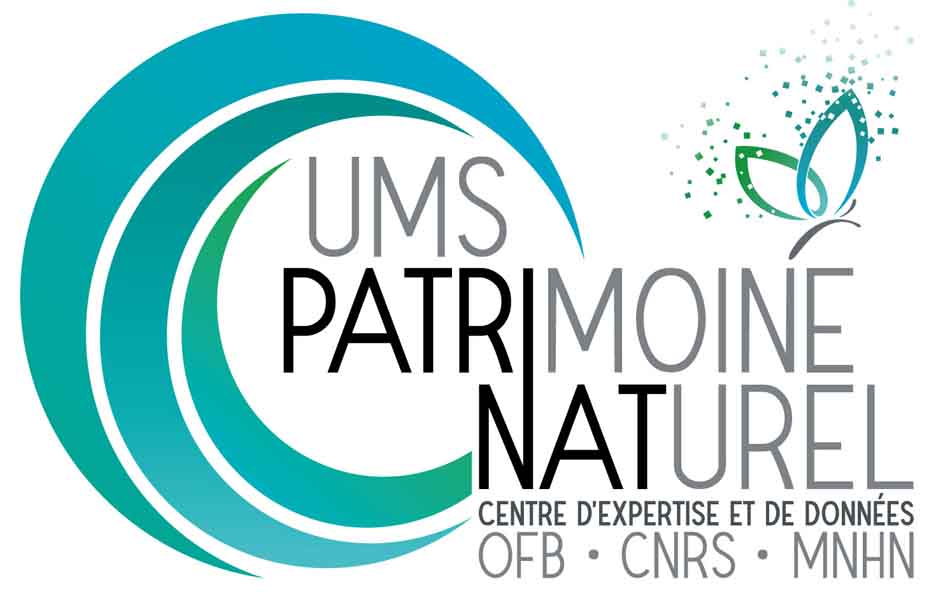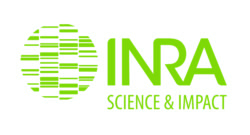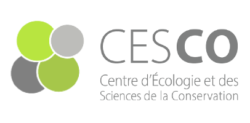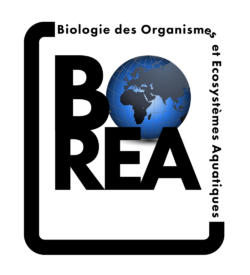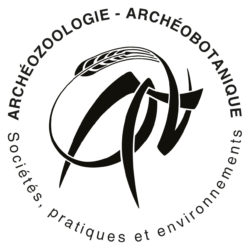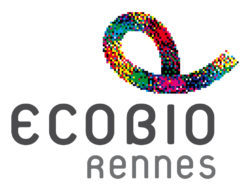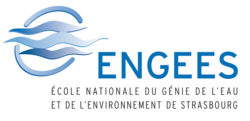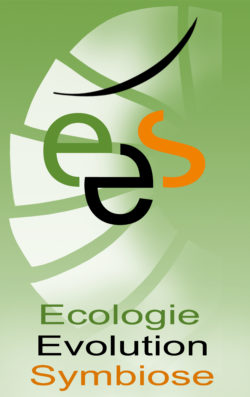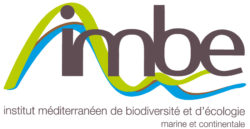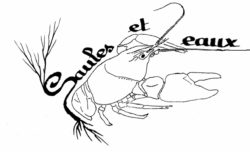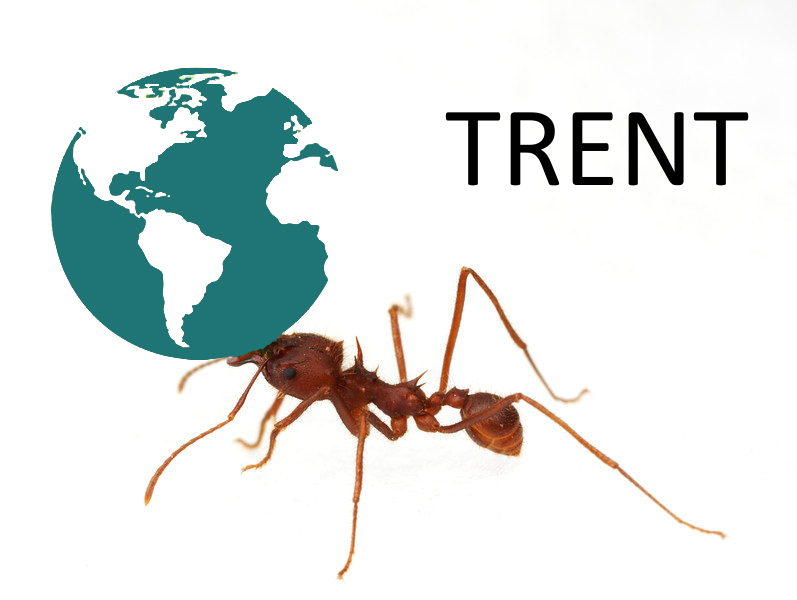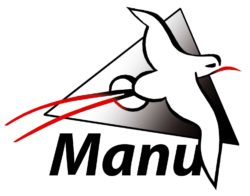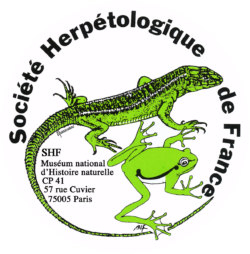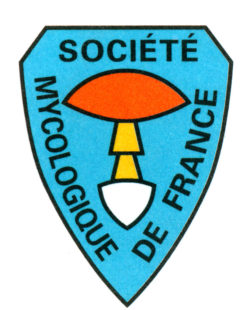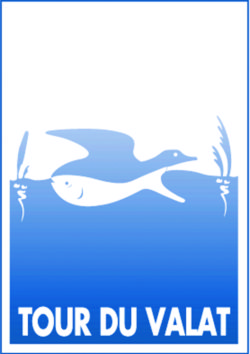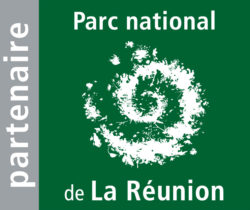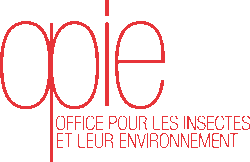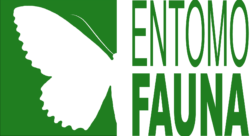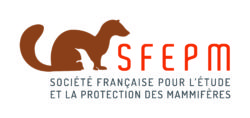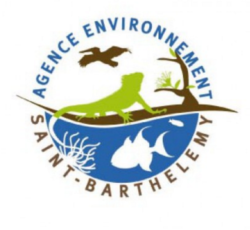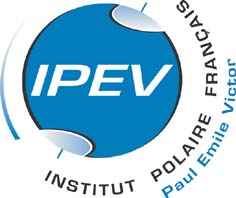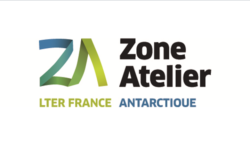Références bibliographiques relatives au groupe des reptiles
Pour rechercher un mot clé dans la page, taper le mot dans l’outil « rechercher » de votre navigateur.
Pour télécharger le document cliquez sur le rond bleu.
Amador, L. & al. 2017.First record of the invasive Brown Anole, Anolis sagrei Duméril & Bibron, 1837 (Squamata: Iguanidae: Dactyloinae), in South America. The journal biodiversity data 13(3): 2083. ![]()
Arce-Nazario, J. & Carlo, T. 2012. Iguana iguana invasion in Puerto Rico: facing the evidence. Biological Invasions 14(9): 1981-1984.![]()
Austin, C., &al. 2011. The bioinvasion of Guam: inferring geographic origin, pace, pattern and process of an invasive lizard (Carlia) in the Pacific using multi-locus genomic data. Biological Invasions 13(9): 1951-1967.![]()
Avery, M.L., & al. 2016. Detection and Removal of Invasive Burmese Pythons: Methods Development Update. USDA National Wildlife Research Center – Staff Publications. Paper 1763.![]()
Avery, M., & al. 2010. Cold weather and the potential range of invasive Burmese pythons. Biological Invasions 12(11): 3649-3652.![]()
Balzani, P., & al. 2016. Stable isotope analysis of trophic niche in two co-occurring native and invasive terrapins, Emys orbicularis and Trachemys scripta elegans. Biological Invasions 18(12): 3611-3621.![]()
Berec, M., & al. 2016. Effect of an alien turtle predator on movement activity of European brown frog tadpoles. Italian Journal of Zoology 83(1): 68-7![]()
Breuil, M. 2013. Caractérisation morphologique de l’iguane commun Iguana iguana (Linnaeus, 1758), de l’iguane des Petites Antilles Iguana delicatissima Laurenti, 1768 et de leurs hybrides. Bull. Soc. Herp. Fr, 147 : 309-346.![]()
Breuil M. & al. 2009. Modifications du peuplement herpétologique dans les Antilles françaises. Le courrier de la Nature, n°249.![]()
Burgos-Rodríguez, J. A., & al. 2016. Effects of invasive Green Iguanas (Iguana iguana) on seed germination and seed dispersal potential in southeastern Puerto Rico. Biological Invasions 18(10): 2775-2782.![]()
Bushar, L. M., & al. 2015. Genetic Characterization of an Invasive Boa constrictor Population on the Caribbean Island of Aruba. Journal of Herpetology 49(4): 602-610.![]()
Buenetxea Aragües, X., & Paz Leiza, L. 2012. Situación de los galápagos de agua dulce en Vizcaya/ Bizkaia y Álava/Araba. Foresta. 55: 92-99.![]()
Burgess, J. 2012. Cuban Brown Anoles (Anolis sagrei) in the Turks & Caicos Islands. IRCF REPTILES & AMPHIBIANS 19(4):263–264. ![]()
Campbell, T. S. & A. C. Echternacht. 2003. Introduced species as moving targets: changes in body sizes of introduced lizards following experimental introductions and historical invasions. Biological Invasions 5(3): 193-212.![]()
Chapple, D. G., Miller, K. A., Kraus, F., & Thompson, M. B. 2012. Divergent introduction histories among invasive populations of the delicate skink (Lampropholis delicata): has the importance of genetic admixture in the success of biological invasions been overemphasized? Diversity and Distributions, (Diversity Distrib.) 19(2): 134-146.![]()
Cole, N. C. & Harris, S.2011. Environmentally-induced shifts in behavior intensify indirect competition by an invasive gecko in Mauritius. Biological Invasions 13(9): 2063-2075.![]()
Daltry, J. C., & al. 2001. Five years of conserving the ‘world’s rarest snake’, the Antiguan racer Alsophis antiguae. Oryx 35(2): 119-127.![]()
Demers D. & al. 2018. Can snapping turtles be used as an umbrella species for Blanding’s turtles in Ontario, Canada? Herpetology Notes, 11: 137-145 ![]()
Di Santo, M. P., & al. 2017. Occurrence patterns of alien freshwater turtles in a large urban pond ‘Archipelago’ (Rome, Italy): Suggesting hypotheses on root causes. Lakes & Reservoirs: Research & Management 22(1): 56-64.![]()
Dorcas, M. E., & al. 2010. Can invasive Burmese pythons inhabit temperate regions of the southeastern United States? Biological Invasions 13(4): 793-802.![]()
Dufour, C. M. S., & al. 2017. Ecological character displacement between a native and an introduced species: the invasion of Anolis cristatellus in Dominica. Biological Journal of the Linnean Society: blx116-blx116.![]()
Ferreira, R., Beard. B., Karen H.; Peterson, S. L.; Poessel, S. A.; & Callahan, C. M., 2012. Establishment of introduced reptiles increases with the presence and richness of native congeners. Wildland Resources Faculty Publications: 387-392.![]()
Fetters, T. L. & J. W. McGlothlin. 2017. Life histories and invasions: accelerated laying rate and incubation time in an invasive lizard, Anolis sagrei. Biological Journal of the Linnean Society 122(3): 635-642.![]()
García-Díaz, P., & al. 2017. Challenges in confirming eradication success of invasive red-eared sliders. Biological Invasions 19(9): 2739-2750.![]()
Gérard, A., Jourdan H., Cugnière, C., Millon, A., Vidal E. 2014. Is naiveté for ever? A test of alien predators and aggressors recognition by native endemic island reptiles. Naturwissenschaften 101 (11) : 921-927. doi: 10.1007/s00114-014-1233-8.![]()
Giery, S. T., & al. 2017. Frugivory and seed dispersal by the invasive knight anole (Anolis equestris) in Florida, USA. Food Webs 11(Supplement C): 13-16.![]()
Hall, J. M. & Warner, D.A. 2017. Body size and reproduction of a non-native lizard are enhanced in an urban environment. Biological Journal of the Linnean Society: blx109-blx109.![]()
Jamison, S. & al. 2017. Tarentola annularis (Squamata: Phyllodactylidae): a new invasive species in Israel. SALAMANDRA 53(2): 299-303. ![]()
Jessop, T. S., & al. 2013. Evaluating and predicting risk to a large reptile (Varanus varius) from feral cat baiting protocols. Biological Invasions 15(8): 1653-1663.![]()
Jourdan, H., Brescia, F., Vidal, E. 2015. Programme R_Mines. Impacts des espèces invasives sur les communautés de reptiles des massifs miniers. Rapport final de projet financé par le CNRT Nickel et son environnement, IRD IMBE & IAC, Nouméa, 122 pp + annexe « Clé d’identification illustrée des écailles de scinques de Nouvelle-Calédonie« , 50 pp. CNRT, Nouméa.
Kala, B. & al. 2015. Program postępowania z inwazyjnymi gatunkami żółwi na terenie Polski. Sfinansowano ze srodkow Narodowego Funduszu. 129p![]()
Kikillus, K. H., & al. 2012. Online trading tools as a method of estimating propagule pressure via the pet-release pathway. Biological Invasions 14(12): 2657-2664.![]()
Kitowski, I. 2103. Examinations of the Ember of Invasive Species Problems: Trade Turnover of Cumberland Sliders Trachemys Scripta Troostii in the Pet Shops of Eastern Poland. Int. J. Pure Appl. Sci. Technol 15(1): 14-19.![]()
Kolbe, J. J., & al. 2012. The desire for variety: Italian wall lizard (Podarcis siculus) populations introduced to the United States via the pet trade are derived from multiple native-range sources. Biological Invasions 15(4): 775-783.![]()
Kopecký, O., & al. 2013. Establishment risk from pet-trade freshwater turtles in the European Union. Knowl. Managt. Aquatic Ecosyst.(410): 02.![]()
Kraus, F., & al. 2011. Diet and conservation implications of an invasive chameleon, Chamaeleo jacksonii (Squamata: Chamaeleonidae) in Hawaii. Biological Invasions 14(3): 579-593.![]()
López-Torres, A. L., & al. 2011. Green Iguanas (Iguana iguana) in Puerto Rico: is it time for management? Biological Invasions 14(1): 35-45.![]()
Lorvelec, O., & al. 2007. Amphibians and reptiles of the French West Indies: Inventory, threats and conservation. Applied Herpetology 4(2): 131-161.![]()
Mali, I., & al. 2012. Switching Bait as a Method to Improve Freshwater Turtle Capture and Recapture Success with Hoop Net Traps. Southeastern Naturalist 11(2): 311-318.![]()
Maillard, J.-F. & David, G. 2014. Rapport d’études sur la répartition à la Martinique de la Tortue de Floride à tempes rouges et éléments de biologie. ONCFS 68p.![]()
Masin, S., Bonardi, A., Padoa-Schioppa, E., Bottoni, L., & Francesco, G. 2013. Risk of invasion by frequently traded freshwater turtles. Biological Invasions, manuscript in press.: 31 pp.![]()
Massary & al. 2018. Liste taxinomique de l’herpétofaune dans l’outre-mer français : II. Collectivité de Saint-Barthélémy. Bull. Soc. Herp. Fr. (2018) 166 : 59-78.![]()
Mazzotti, F. J., & al. 2010. Cold-induced mortality of invasive Burmese pythons in south Florida. Biological Invasions 13(1): 143-151.![]()
Maucarré, M. 2016. État des lieux sur la présence en France de la Tortue serpentine, Chelydra serpentina (Linnaeus, 1758). Quelles mesures de gestion à préconiser ? Mémoire de Master 2 Sciences de l’Univers, environnement, écologie Spécialité Ecologie, Biodiversité, Evolution. UPMC, Université Paris-Saclay, ENS & MNHN. 60 p.![]()
Michaelides, S., & al. 2012. Human introductions create opportunities for intra-specific hybridization in an alien lizard. Biological Invasions 15(5): 1101-1112.![]()
Michelangeli, M., & al. 2017. Aggression mediates dispersal tendency in an invasive lizard. Animal Behaviour 133(Supplement C): 29-34.![]()
Moss, J. B., et al. 2018. First evidence for crossbreeding between invasive Iguana iguana and the native rock iguana (Genus Cyclura) on Little Cayman Island. Biological Invasions 20(4): 817-823.![]()
Okamoto, T., & al. 2013. An impact assessment of the alien lizard Plestiodon japonicus (Scincidae, Reptilia) on a threatened island population of the native lizard P. latiscutatus at an early phase of the biological invasion. Biological Invasions 15(9): 2029-2037.![]()
Ottonello, D., & al. 2017. Feeding ecology of the Sicilian pond turtle Emys trinacris (Testudines, Emydidae) influenced by seasons and invasive aliens species. Ecological Research 32(1): 71-80.![]()
Pernas, T., & al. 2012. First Observations of Nesting by the Argentine Black and White Tegu, Tupinambis merianae, in South Florida. Southeastern Naturalist 11(4): 765-770.![]()
Polo-Cavia, N., & al. 2010. Competitive interactions during basking between native and invasive freshwater turtle species. Biological Invasions 12(7): 2141-2152.![]()
Polo-Cavia, N., & al. 2011. Aggressive interactions during feeding between native and invasive freshwater turtles. Biological Invasions 13(6): 1387-1396.![]()
Powell, R., & Hendersen, R. 2012. Island list of West Indian Amphibians and reptiles. Bulletin of the Florida Museum of Natural History 51(2): 85-166.![]()
Preston, D. L. & . Johnson, P. T. J. 2012. Importance of Native Amphibians in the Diet and Distribution of the Aquatic Gartersnake (Thamnophis atratus) in the San Francisco Bay Area of California. Journal of Herpetology 46(2): 221-227.![]()
Reynolds, R. G., & al. 2012. Genetic analysis of a novel invasion of Puerto Rico by an exotic constricting snake. Biological Invasions 15(5): 953-959.![]()
Rodríguez Gómez, C. A. & al. 2017. Relative abundance and habitat use by the frogs Pristimantis shrevei (Strabomantidae) and Eleutherodactylus johnstonei (Eleutherodactylidae) on St.
Vincent, Caribbean Herpetology 58:1–12.![]()
Rose, J. P. & B. D. Todd. 2017. Demographic effects of prolonged drought on a nascent introduction of a semi-aquatic snake. Biological Invasions 19(10): 2885-2898.![]()
Sanchez, M & Probst, J.-M. 2017. Distribution and habitat of the invasive giant day gecko Phelsuma grandis Gray 1870 (Sauria: Gekkonidae) in Reunion Island, and conservation implication. Phelsuma 22 : 13-28.![]()
Schulte, U., & al. 2012. Rapid genetic assimilation of native wall lizard populations (Podarcis muralis) through extensive hybridization with introduced lineages. Mol Ecol 21(17): 4313-4326.![]()
Servan, J., Arvy, C. 1997. Introduction de la Tortue de Floride Trachemys scripta en France. Un nouveau compétiteur pour les espèces de tortues d’eau douce européennes. Bull. Fr. Pêche Piscic. 344/345: 173-177.![]()
Short, K. H. & Petren, K. 2011. Rapid species displacement during the invasion of Florida by the tropical house gecko Hemidactylus mabouia. Biological Invasions 14(6): 1177-1186.![]()
Silvestre, A. M., Flecha, C., Massana, J. S. 2011. Observaciones de interacciones entre Trachemys scripta elegans y Mauremys leprosa en el pantano del Foix (Barcelona). Bol. Asoc. Herpetol. Esp. 23: 1-4.![]()
Smith, B. J., & al. 2016. Betrayal: radio-tagged Burmese pythons reveal locations of conspecifics in Everglades National Park. Biological Invasions 18(11): 3239-3250.![]()
Stroud, J. T., & al. 2017. Establishment of Anolis sagrei on Bermuda represents a novel ecological threat to Critically Endangered Bermuda skinks (Plestiodon longirostris). Biological Invasions 19(6): 1723-1731.![]()
Tingley, R., & al. 2016. Threatened and invasive reptiles are not two sides of the same coin. Global Ecology and Biogeography 25(9): 1050-1060.![]()
Valdeón, A., et al. 2010. Evidencia de una introducción de Podarcis sicula desde Italia a España asociada a una importación de olivos (Olea europaea). Boletín de la Asociación Herpetológica Española 21: 122-126. Lire
Vázquez-Domínguez, E., & al. 2012. Genetic evidence of a recent successful colonization of introduced species on islands: Boa constrictor imperator on Cozumel Island. Biological Invasions 14(10): 2101-2116.![]()
Weterings, R. & K. C. Vetter. 2017. Invasive house geckos (hemidactylus spp.): their current, potential and future distribution. Current Zoology: zox052-zox052. ![]()
Yokoyama, M. 2012. Reptiles and Amphibiens Introduced on St. Martin, Lesser Antilles. IRCF reptiles & amphibians 19(4): 271-279. ![]()


